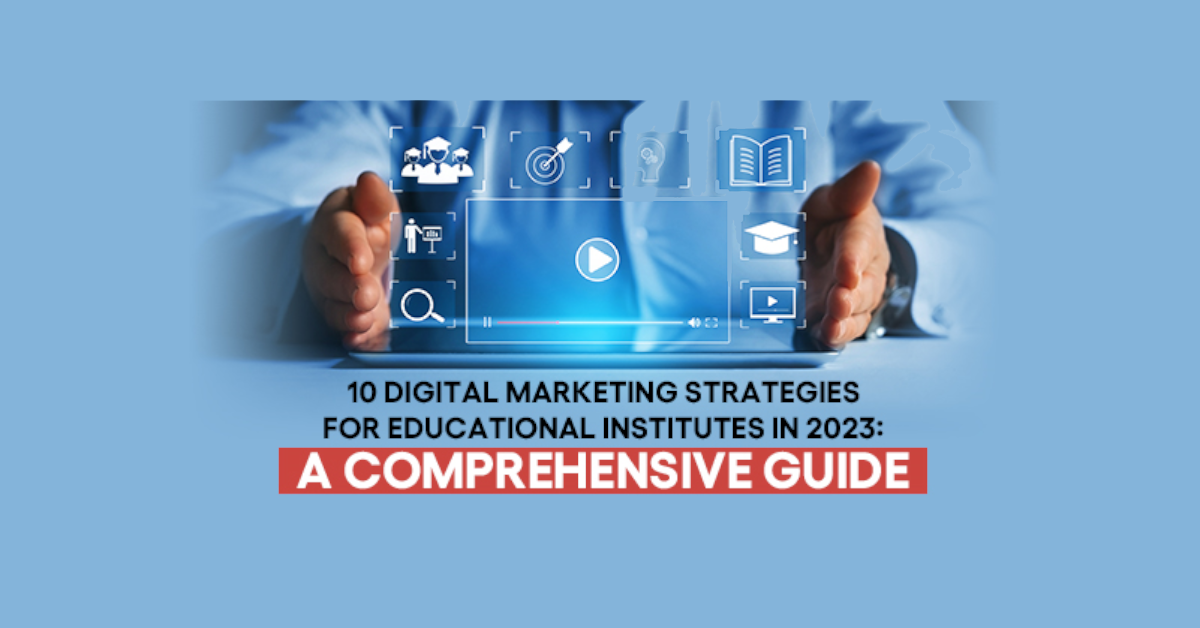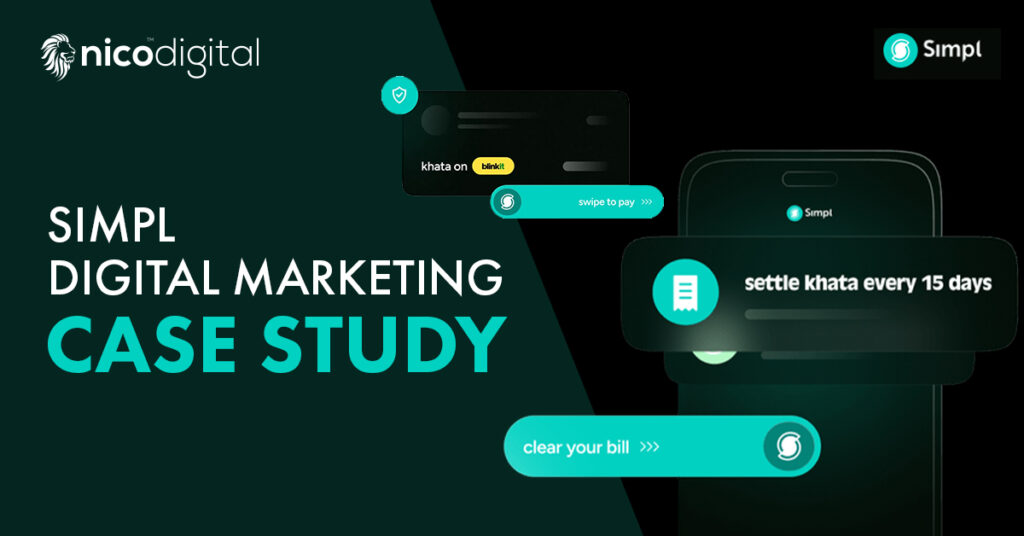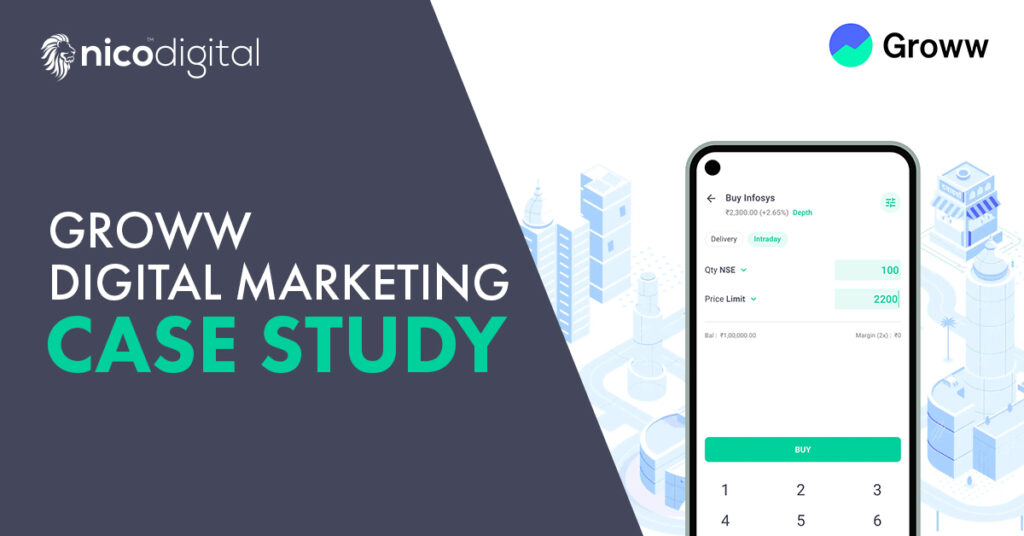
The onset of the Covid-19 pandemic changed how businesses market their products and services. From conventional marketing, businesses have now switched to digital marketing as it is more flexible and offers better reach.

The education sector is no different. With so many students opting for online courses, it only makes sense that educational institutions utilize online platforms and channels to market their courses effectively.
Higher education proves to be a highly profitable industry, boasting an estimated market worth of approximately $568.2 billion. And most students nowadays search online for top schools, colleges, and universities.
How these educational institutions appear in those searches is largely determined by their use of SEO, Facebook Ads, and Google Ads for educational institutions.
Thus, it only makes sense to utilize Digital Marketing for educational institutes to tap into this lucrative market and reach out to your appropriate audience
Facebook was the most popular choice for school marketing in 2019
Thus, if you are looking to harness the power of digital marketing for your digital institution, then this blog is for you. Read on to find out 10 effective digital marketing strategies for educational institutes in 2023.
Table of contents
• Top 10 Digital Marketing Strategies for Educational Institutes in 2023
Top 10 Digital Marketing Strategies for Educational Institutes in 2023
Digital marketing for educational institutes is by far, the best marketing approach. Gone are the days when people used to read ads in newspapers. Also, advertising on television and in newspapers is not quantifiable. Thus, you cannot measure its success.
However, with digital marketing, not only can you measure your efforts, but also continue to generate leads, even once your campaign has ended.
Below are some quick stat facts for digital marketing.
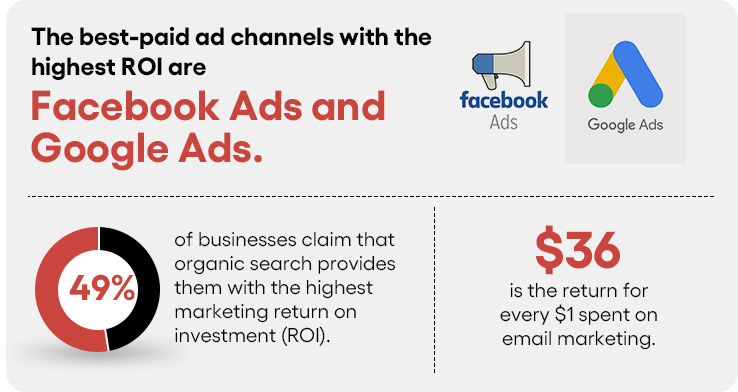
Need more convincing?
Let’s dive into the top 10 digital marketing strategies for educational institutes in 2023!
1. Understand your target audience
Are you an educational institution in the US? Or are you located in Australia? Do you want to target school students? Or are your courses strictly for postgraduates?
Knowing your target audience helps you advertise more effectively
If you don’t try to understand your target audience, your marketing efforts will never bear fruit.
For educational institutions, your target audience can be students and their parents. However, you should also try to create your target audience according to the following factors:
- The type of courses offered like elementary level, middle school, college, undergraduate, master, etc.
- Destination of college. If you offer online courses, then you can target major countries.
- Medium of delivery. For example, if you offer courses in French, you may want to target France.
Try to find out as much as you can about your target audience. Because without a properly established audience, you will just be throwing darts in the dark.
You may also want to create a buyer persona, which represents the ideal image of your customers/students.
For example, say you are the University of California, Los Angeles. Your ideal buyer persona would be:

2. Optimise your website
Website optimization involves using tools, advanced strategies, and experiments to make your website perform better, attract more visitors, increase sales, and boost revenue.

Thus, if you want visibility on search engines you need to have an optimized website.
And the aim of website optimization is to make your site attractive to both search engines and real people.
Some website optimization strategies to implement are:
- Making a user-friendly and mobile-responsive website
Create a user-friendly website with a simple, organized layout, clear navigation, and fast loading times. Use intuitive menus, readable content, and mobile-friendly design. Moreover, you should listen to user feedback and make regular improvements to enhance the overall experience.
Around 60% of all Google searches are now carried out on mobile phones. Thus, optimizing your website for mobile is crucial.
One way to approach this is through the Google – mobile-friendly test, which helps you take note of and correct any shortcomings in your mobile site.
Some key areas to improve in your mobile site are:
- Optimize website structure, navigation, and speed
You should focus on creating a clean and organized layout that is easy for users to navigate. Arrange content logically with clear headings and sections, making it intuitive for visitors to find what they’re looking for.
Next, ensure that your website has a clear and user-friendly menu. Try to use descriptive labels for menu items and group related pages together. Implement a search function to allow users to find specific content quickly.
Finally, compress images and use modern image formats to reduce file sizes without compromising quality. Minimize the use of external scripts and plugins that can slow down page loading times.
- Create landing pages and CTA buttons
A landing page is a standalone web page designed to focus on a specific product, service, or campaign. It should have a clear and concise message that aligns with your advertisement. For example, you are offering MBA courses to students with guaranteed placements. You can have a landing page on this topic.

A landing page is a standalone web page designed to focus on a specific product, service, or campaign. It should have a clear and concise message that aligns with your advertisement. For example, you are offering MBA courses to students with guaranteed placements. You can have a landing page on this topic.
Keep the content and design simple, with a strong call-to-action (CTA) to encourage visitors to take the desired action, such as signing up for a newsletter, making a purchase, or filling out a form.
3. Content marketing
There are various ways through which you can leverage content marketing for educational institutes to boost their online visibility. Some primary ways are highlighted below:
• Blogging and Articles
Create blog posts and articles on topics related to education, career guidance, study tips, and campus life. This content can be shared on the institution’s website and social media channels to engage students.
• Videos and Webinars
Produce educational videos or host webinars on subjects that interest students, such as course previews, faculty interviews, or virtual campus tours. Videos are highly engaging and can help prospective students get a feel for the institution’s environment and offerings.
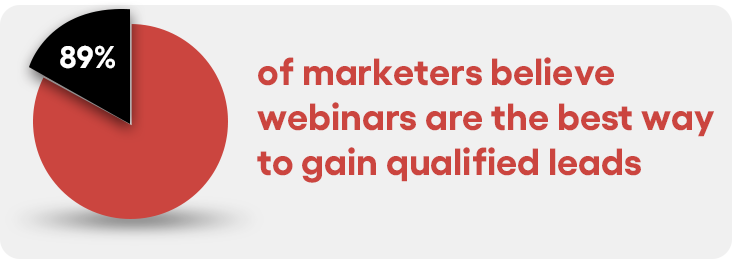
• E-books and Guides
Develop e-books or downloadable guides that offer in-depth insights into specific subjects or courses. These resources can be gated behind lead capture forms to gather potential student contact information for further nurturing.
• Student Testimonials
Showcase success stories and testimonials from current and past students. Authentic stories from satisfied students can boost the institution’s credibility and help build a positive brand image.
4. Social media marketing

Thus, it makes sense to utilize popular social media channels to leverage digital marketing for educational institutes.
Social media marketing for educational institutions involves using platforms like Facebook, Instagram, Twitter, and LinkedIn to engage with students, alumni, and potential applicants.
Try to share informative content to create a strong brand presence. You can also try experimenting with paid advertising to encourage more interaction, reach a broader audience, and ultimately drive enrolment.
5. Search engine optimisation

Thus, if your educational institution is not ranking on search engines, you will never get traffic.
SEO for educational institutions involves optimizing their website and content to improve visibility in search engine results.
Try to use relevant keywords in website copy and metadata to rank higher for relevant searches. You can also create valuable and educational content that attracts organic traffic and establishes the institution as an authoritative source.
Additionally, you can build high-quality backlinks from reputable websites to boost credibility with search engines.
6. Email marketing
Email marketing is a great way for educational institutions to communicate with students, alumni, and prospective applicants. You can build segmented email lists to send targeted messages that resonate with each group.
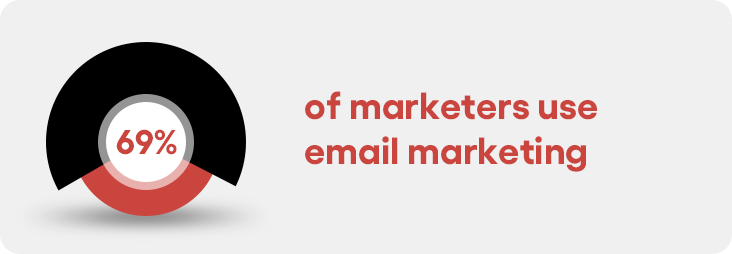
You can also share updates about campus events, course offerings, and alumni success stories to keep the audience engaged.
7. Paid advertising strategies
Educational institutions can use paid advertising to reach a broader audience and achieve specific marketing goals. They can run targeted ads on platforms like Google Ads to appear at the top of relevant search results when users search for educational programs or courses.

Social media advertising on platforms like Facebook and Instagram allows institutions to target specific demographics and interests, reaching potential students who fit their ideal profile.
8. Online reputation management
You need to take care of what people are talking about you.
Educational institutions can use online reputation management to maintain a positive image and address any negative feedback or reviews effectively. They can actively monitor their online presence by keeping an eye on reviews, comments, and mentions on platforms like Google, social media, and review sites.
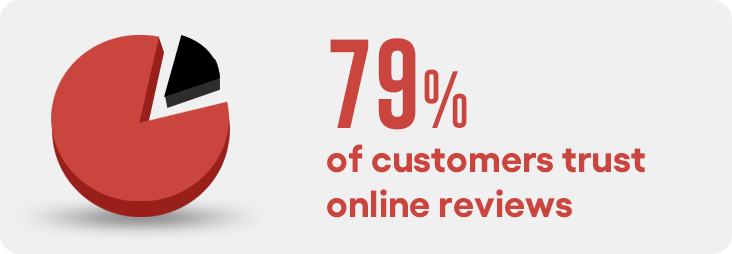
Try to respond promptly and professionally to both positive and negative feedback, demonstrating a commitment to addressing concerns and acknowledging positive experiences.
By actively managing their online reputation, educational institutions can build trust and credibility, attract more students, and maintain a positive public image.
9. Analytics and measurement
Analytics and measurement play a crucial role in the success of any marketing strategy for educational institutions. By using analytics tools, such as Google Analytics, institutions can track website traffic, user behaviour, and engagement. This data provides valuable insights into which marketing channels and campaigns are driving the most results.
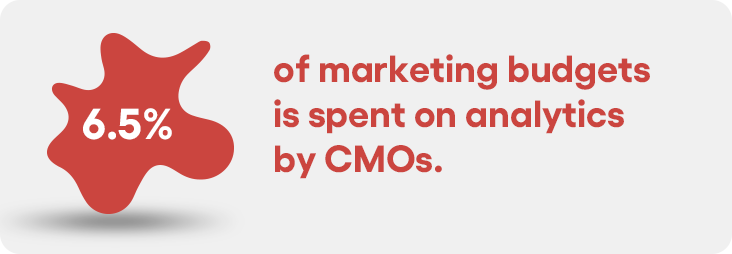
10. Future trends
The world of digital marketing for educational institutes is continuously evolving. As such, one needs to keep track of emerging trends to stay ahead of the curve.
Some key areas to look out for are:
- Generative AI search
- Video Marketing
- Voice search
- Influencer marketing
- VR and AR marketing
Keeping track of these emerging trends will allow educational institutions to always stay in focus, and appeal to students and learners of different ages.
Final thoughts
In 2023, digital marketing for educational institutes stands as the cornerstone of success. This comprehensive guide has explored ten potent strategies that leverage the power of the digital realm to elevate educational institutions and bring their popularity to the forefront.
Ready to Transform Your Educational Institute’s online presence? Let’s Ignite Success Together! Nico Digital specializes in crafting tailored strategies that engage, inspire, and enrol! To know more hit the button below!

